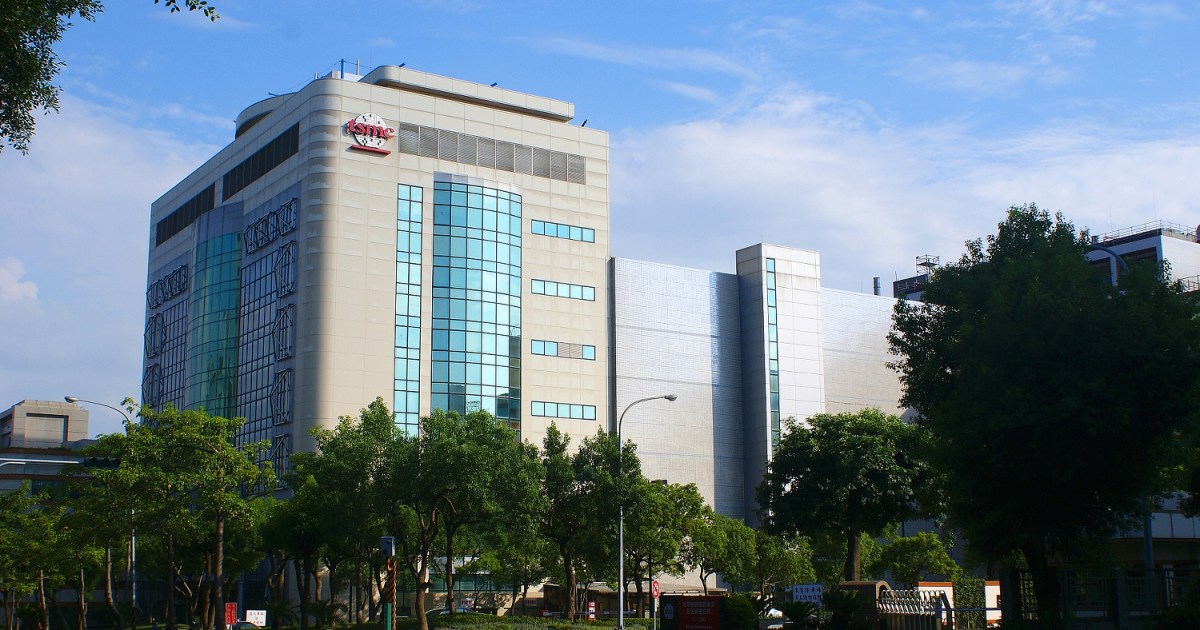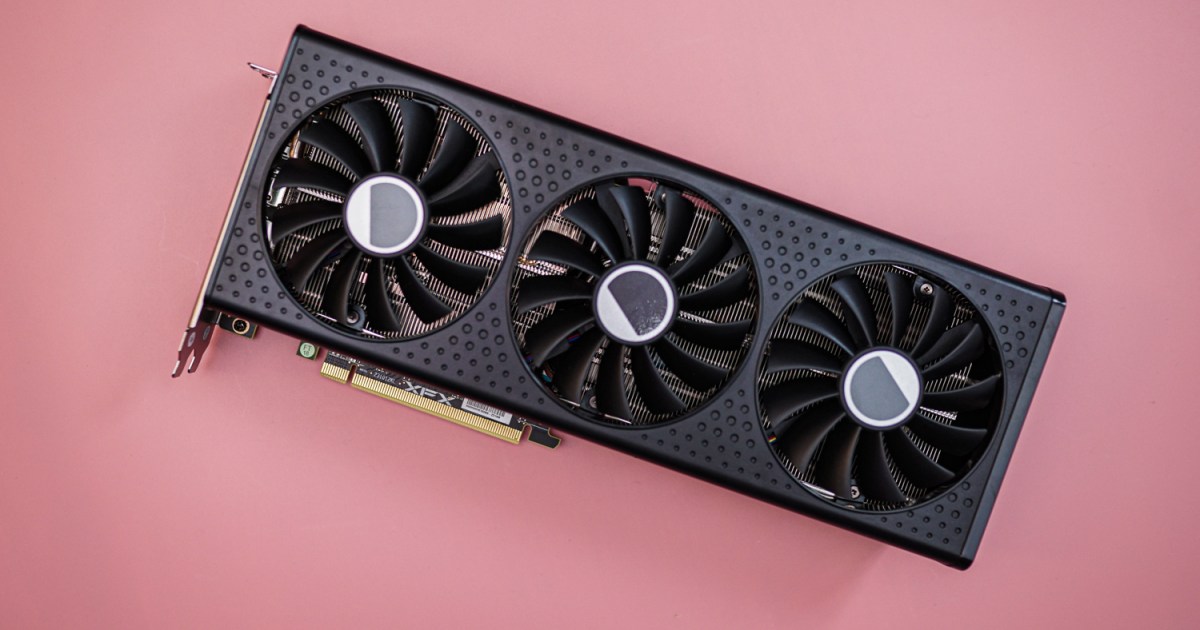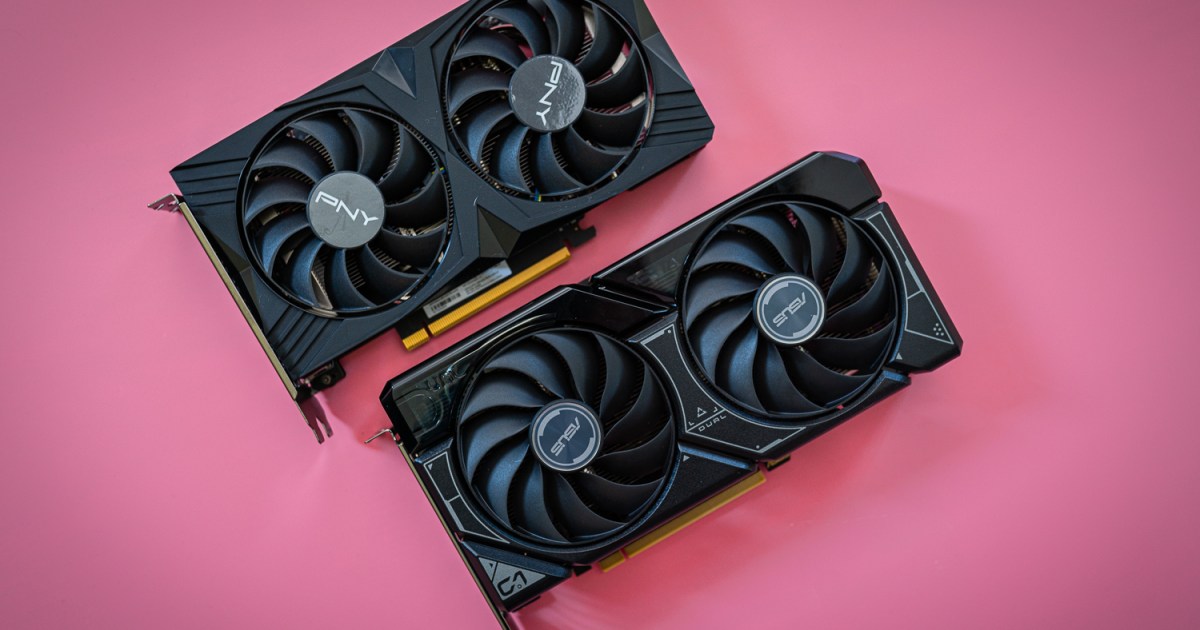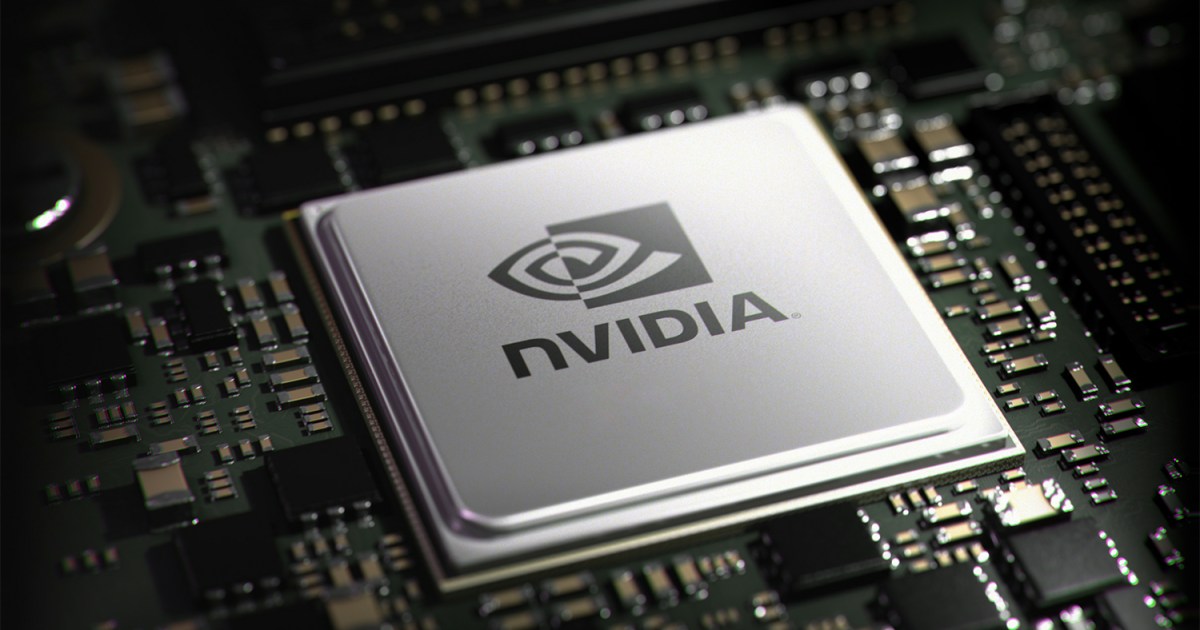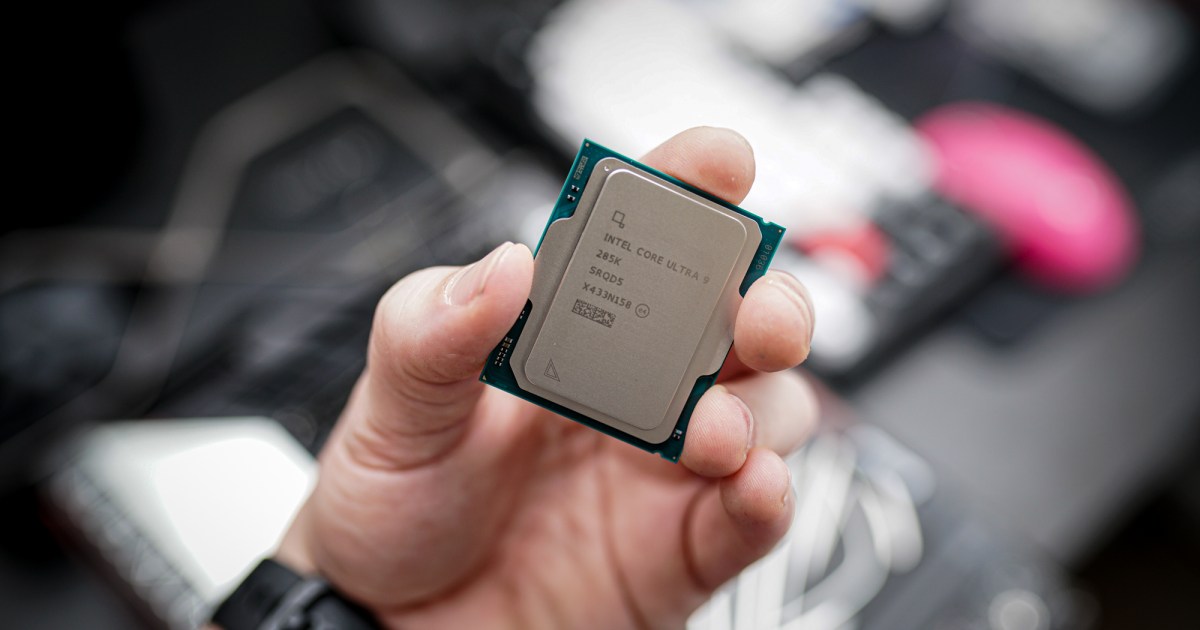The semiconductor industry is buzzing with anticipation for TSMC’s groundbreaking 2nm process node. While mass production isn’t expected until late 2025, major tech companies like Apple, Nvidia, AMD, Qualcomm, MediaTek, and Broadcom are already clamoring for early access, according to a report from Ctee. This high demand underscores the significance of this technology for the next generation of devices.
The Advantages of 2nm Technology
TSMC’s 2nm node represents a significant leap forward due to its implementation of Gate-All-Around (GAA) transistor architecture. Unlike the FinFET design used in previous chip generations, GAA offers superior control over current flow and leakage. This translates to a projected 15% performance boost and a 30% reduction in power consumption, paving the way for more powerful and energy-efficient devices.
Apple and Nvidia’s 2nm Plans
Rumors suggest Apple intends to integrate 2nm chips into its iPhone 18 lineup in 2026. Nvidia, on the other hand, appears to be taking a more cautious approach, with its next-generation platform expected to remain on the 3nm node.
Production Timeline and Capacity
TSMC has reportedly commenced trial production of its 2nm process at its Baoshan facility in Hsinchu, Taiwan. Mass production is scheduled for Q4 2025, with an initial monthly output of 30,000 wafers. A second fabrication plant in Kaohsiung is slated to begin mass production in Q1 2026, also with a monthly capacity of 30,000 wafers. TSMC aims to increase its total 2nm output to 120,000–130,000 wafers per month by 2027, potentially reaching 50,000 by the end of 2025 and 80,000 if scaling progresses efficiently.
Global Expansion and Investment
To support this ambitious undertaking, TSMC is investing over NT$1.5 trillion (approximately USD 50 billion) in expanding four fabs in Baoshan and three in Nanzi, Kaohsiung, aiming to create the world’s largest semiconductor hub. Furthermore, TSMC’s Arizona facility in the U.S. is expected to implement 2nm and the future 1.6nm (A16) processes by 2028.
The Future of 2nm Chips
The strong initial demand indicates that 2nm chips are poised to become the dominant force in premium devices from late 2025 onwards. While the technology’s adoption in mid-range products may take some time, consumers can anticipate significant advancements in performance and efficiency from devices powered by 2nm silicon.



